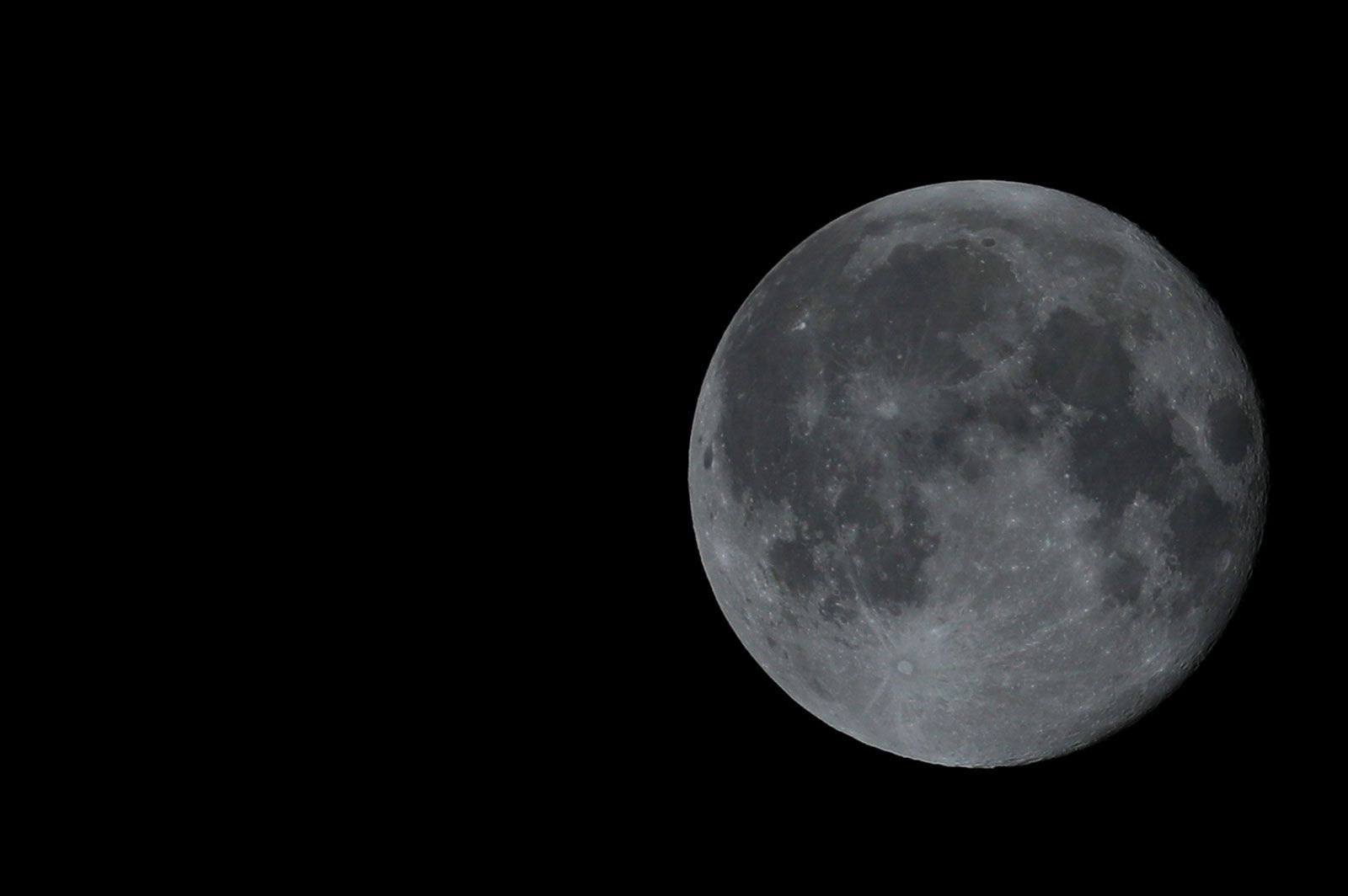October’s full harvest moon is the first supermoon of the year. Here’s when to see it

By Gina Park, CNN
(CNN) — Keep your eyes along the horizon on Monday night to see the first supermoon of the year.
October’s full moon, also called the harvest moon, will be visible from Monday night into early Tuesday. The silvery orb will be at its fullest around 11:48 p.m. ET Monday, according to EarthSky.
“The joy of a full moon is that if it’s cloudy in your neighborhood on Monday night on the 6th, you can look Tuesday, and the moon will still look fairly full,” said Noah Petro, project scientist for NASA’s Artemis III mission, which aims to land astronauts near the lunar south pole in 2027.
The moniker harvest moon indicates that it’s the full moon event closest to the autumnal equinox, or the first day of fall. Historically, the moon’s bright light helped farmers complete their harvests for the year, according to The Old Farmer’s Almanac.
This moon will be the first of three back-to-back supermoons this year. A supermoon happens when the moon reaches perigee, or its nearest point to our planet, making it appear larger and fuller.
“It’s a very subtle effect that you won’t always be able to notice unless you’re looking at the moon regularly,” Petro said. “And so I would encourage people to go out and look at the moon, not just Monday or Tuesday, but later in the week, over the course of a month, over several months, to notice changes in the moon.”
October’s harvest moon occurs two weeks after NASA announced its latest class of astronauts who may one day venture to the moon and Mars. And early next year, a crew of four veteran astronauts will fly on the Artemis II mission that will circle the moon.
“What makes the moon coming up on October 6 so special is what we learned (recently) — that Artemis II is launching to the moon early next year,” Petro said, “and so we have an opportunity coming up very soon, to be able to not only have a moon that we look at but also a moon that’s got humans visiting it.”
Upcoming celestial events
Here’s when to look out for the upcoming supermoons, according to the Farmers’ Almanac:
- November 5: Beaver moon
- December 4: Cold moon
There are also opportunities to observe other celestial activity, including some imminent meteor showers that will grace the night sky.
Here are the peak dates of meteor showers anticipated in 2025, according to the American Meteor Society and EarthSky.
- Draconids: October 8-9
- Orionids: October 20-21
- Southern Taurids: November 4-5
- Northern Taurids: November 11-12
- Leonids: November 16-17
- Geminids: December 13-14
- Ursids: December 21-22
The-CNN-Wire
™ & © 2025 Cable News Network, Inc., a Warner Bros. Discovery Company. All rights reserved.
